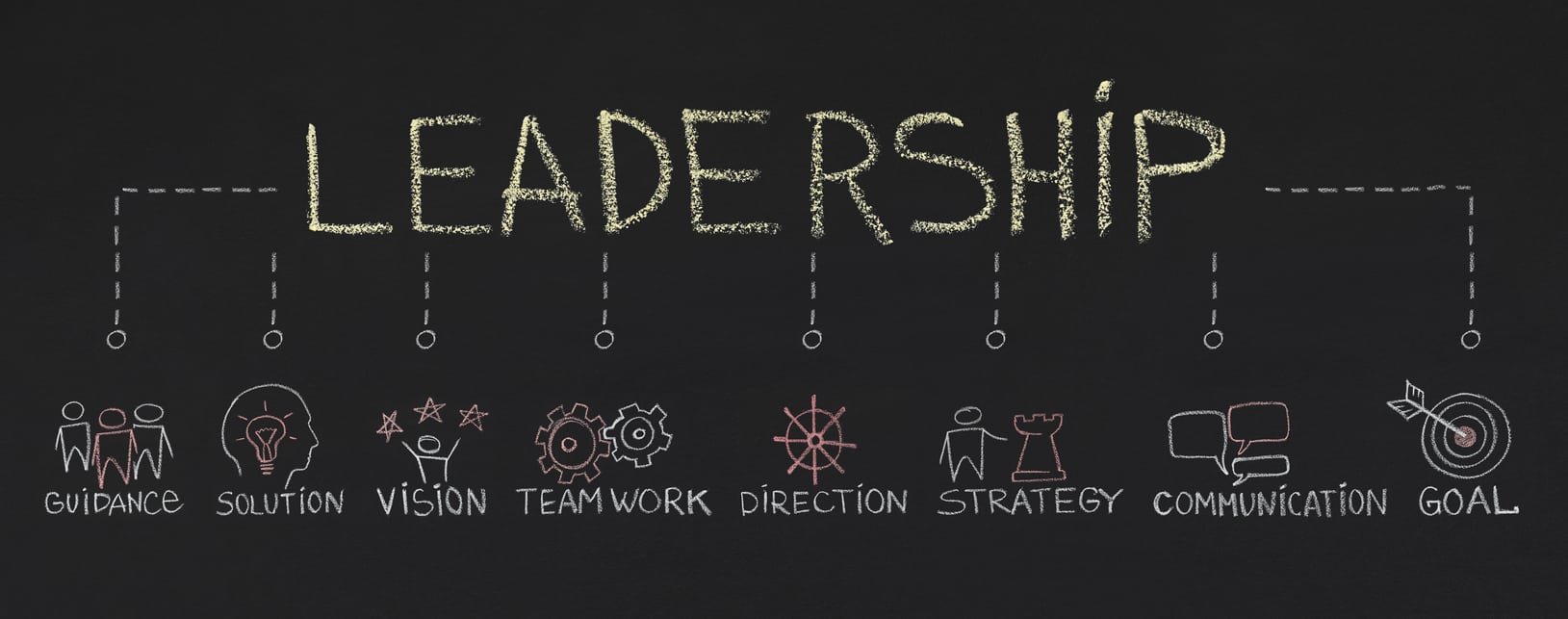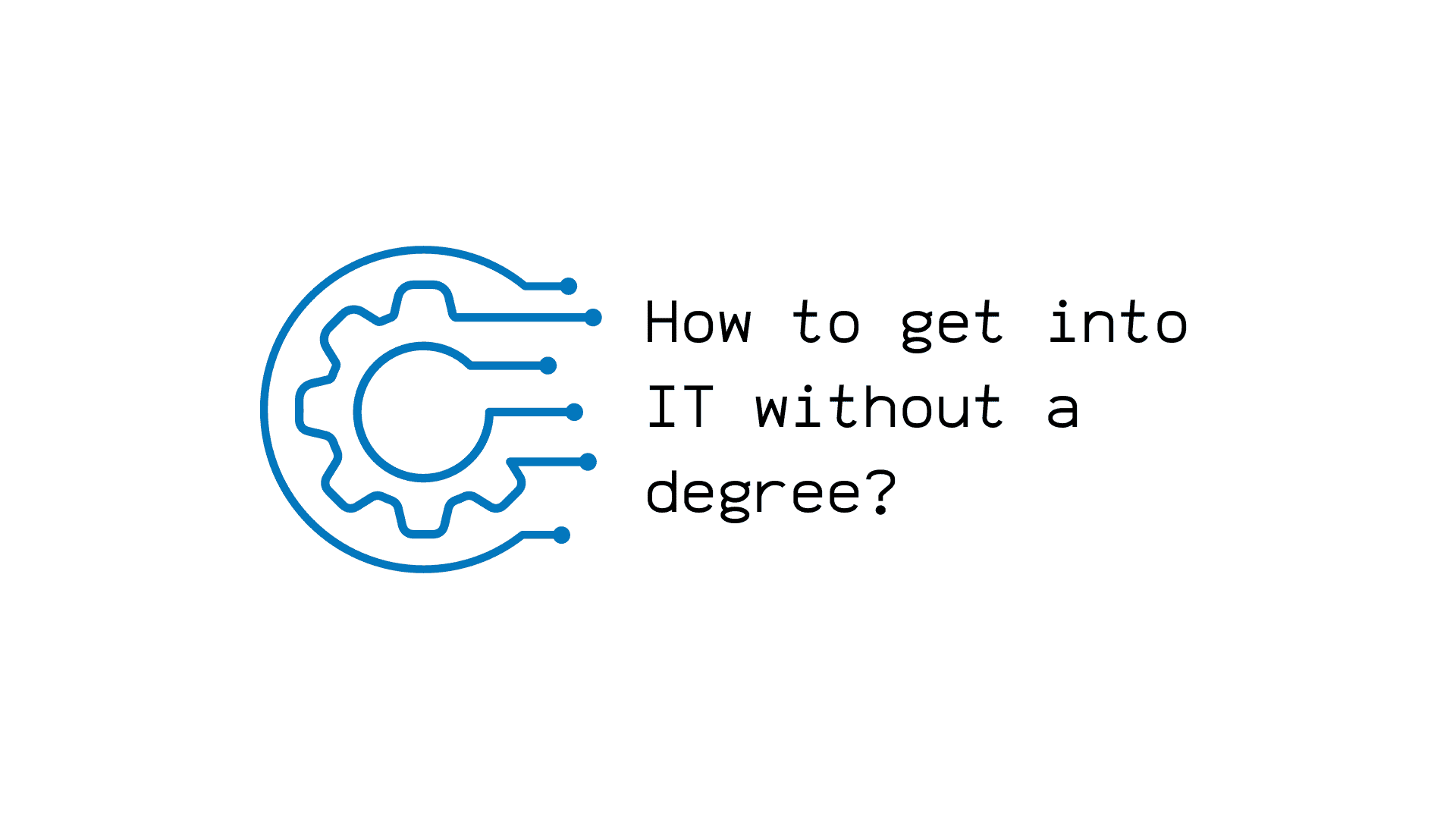How many times have you stumbled across a vacancy in your dream company but did not know the next steps to follow?
Not only do you have to have a skill set that matches the job requirements, but also a solid resume to support your skills and experience so far. Don’t even get us started on writing that perfect cover letter.
We understand how frustrating and tedious the entire job hunt process is. We have all been there and somehow made our way through it, even though we thought we would not. In this blog, we will shed some light on how you can make the job hunt process easier for yourself.
- The Job Hunting Process Explained
- Keep all your documents ready
- Start applying through various means
- Prepare for the job interview
- Conclusion
We will take you through the steps you need to take to successfully land your dream job. So, let’s get started, shall we?
The Job Hunting Process Explained
Job hunting is the process of looking for employment through various portals in the field one is interested in. One can start with the job hunt process either because they are unemployed, not satisfied with their current job, wish to switch their industry or just looking for a job in a different company.
This is what a job hunt process looks like:
- Make a list of your career objectives. What is it that you are most passionate about and would want to have a career in? Do you want to stay in your current field or pursue a different path?
- Make a solid resume. Your resume should precisely talk about your past experiences and the skills you have acquired over the years.
- Narrow down the job portals. You have multiple options to choose from, and you can also apply to jobs using more than one job portal at a time.
- Do thorough research about the companies you’re interested in. Learn about the company’s history, vision, and mission and understand if it aligns with your goals.
- Make a cover letter that is specific to the position you are applying for. You can’t use one cover letter for every company you apply to. Describe why you’re a good fit for the job role and the company you’re applying for.
- Practice interview questions. Prepare for the interview by working on the commonly asked interview questions and practising daily.
Now that we have covered the basic job hunting process, let us go on and talk about it in a more in-depth manner.

Step 1: Keep all your documents ready
Not only should you have all the documents prepared, but they must also be well updated on all the digital platforms that are relevant to the job you’re applying to. Ensure that the resume is error-free and to the point. Some of the most essential documents are:
Resume
This goes without saying that a solid resume can really make or break the deal here. Make sure you have the following in your resume:
- A clear and concise objective: In not more than two sentences, this section should talk about your short-term goals. Check out all-time classic tips to write a resume.
- Profile summary: Although not mandatory, one can include a summary of their work experience and skillset for the recruiter to have better clarity.
- Recent work experience: Make sure you have your last job listed out along with the roles and responsibilities along with other job experiences below it.
- Educational qualifications, certifications, skillset: Create separate sections to talk about your education history, projects, training or certifications, skills you have acquired, or any achievements you wish to showcase. Don’t forget to mention the important soft skills for a resume.
- Contact information & Social Media: Needless to say, go on and add your phone number and address so HR can reach out to you, along with your LinkedIn handle.
Check out: 20 Free Resume Templates to Download in 2022
Work Portfolio
If you’re a content writer, a graphic designer, or work in an industry that demands you to exhibit your previous work in order to get hired, you should build a portfolio. This mostly demonstrates that you are dedicated to your work, and it also means that you can have a compiled database of your finest accomplishments.
- You can build your portfolio online.
- Add the link to your portfolio to your resume.
- Don’t forget to add your contact details to the portfolio.
Tailored cover letter
A lot of companies have started asking for a cover letter when you apply for a job. A cover letter is nothing but a detailed yet brief summary of all your work endeavours– education, past work experience, skillset, etc. This is done mostly to give the hiring manager an idea of what you bring to the table. Check out how to write a cover letter and start working on yours today!
Step 2: Start applying through various means
Now that you are ready with all your documents, it’s time to start applying to the various job portals, and Talent Pool Platform that post the jobs you are interested in.
Narrow down the job portals
The first thing to do is create a list of all the job portals that are actively posting new job vacancies. Understand which ones have posted a job you may be interested in. Make sure you do the following:
- Use the relevant keywords that make it easier for the recruiter to find you.
- Display your skillset and experience in one or two lines.
- Drop a message to the recruiter once you have applied for the job.
Keep your LinkedIn up-to-date
Everyone knows how important Linkedin is in today’s time as every recruiter checks your profile to get a fair understanding of your past work and experiences. But Linkedin is also playing a big role in the job hunting process as recruiters are now posting vacancies on, giving the candidate to directly apply for the job.
So, in order to apply and get selected for the job role, your Linkedin profile must be up-to-date. And while you are doing so, you can also go ahead and update your other social media handles.
Email the recruiters directly
It may seem like a comparatively old approach to looking for a job, however, it is still an ideal job hunting method. Once you locate a job vacancy, try to look for the contact details of the person who posted it. Send them a detailed email as to how you came across the job role and why you are interested in it. Attach your resume and cover letter.
Include the job title you are applying for to give the recruiter a reference and make sure to come up with a catchy subject line for them to open your email. Lastly, don’t forget that you’re applying for a job, so keep things professional.
Get referred
If you have a company in mind and you also know someone working there, then go ahead and ask them to refer you. Referring will not only benefit you but also them. Some companies have great referral policies where if the referred candidate gets selected and stays in the company for a number of months, then the employee is rewarded.
Don’t worry if you don’t know anyone in your targeted company. You can always reach out to folks on LinkedIn and ask them for a referral.
Step 3: Prepare for the job interview
There are ideally 3 types of interviews that you might be faced with:
- Telephonic Interview
- Face-to-Face Interview
- Video Interview
Whatever interview it is that you are invited to, there are some do’s and don’ts that you must adhere to.
Check out: Common Job Interview Questions and Answers
Do’s of an Interview
- Do your research: Don’t just attend an interview without a thorough understanding of the company and the hiring manager.
- Make a good first impression: If it’s a video or face-to-face interview, make sure you dress sharply. Whereas, make sure you eliminate all the background noise if it’s a telephonic or video round.
- Listen carefully and answer: Don’t beat around the bush when answering questions. Listen to what’s being asked and answer just that. Stay to the point and be honest about your answers.
- Ask questions: We can’t emphasize this more, but when you ask questions, it shows that you are interested in the job. Ask whatever you are confused about without hesitating.
Dont’s of an Interview
- Don’t join/come late to the interview.
- Don’t speak ill of your previous employer or peers.
- Don’t sugarcoat your experiences and skillset to impress the interviewer.
- Talk when it’s your turn and don’t try to speak over the interviewer.
In A Nutshell
We know this blog can help you only so much. There’s still implementation left to be done. Believe us when we say this, if you are well prepared, you will pass this phase with flying colours.
- Job hunting is a slow process. Keep applying to 5-10 job roles regularly to hear from 2-3 recruiters.
- Keep your resume, cover letter, and social handles up-to-date and be ready to tailor those whenever needed.
- Make sure you upskill yourself according to what is expected from the job role.
- Don’t apply to any and every job out there. Pick the ones that you think are best suited for you and leave the random ones.
- Search the internet for the possible interview questions that may come up for the field you have applied to.
Are you ready to jump into the real world? Did you know that you can increase your chances of landing your dream job if you have a strong skillset? So, what are you waiting for? Start upskilling yourself with free courses at Great Learning Academy!







